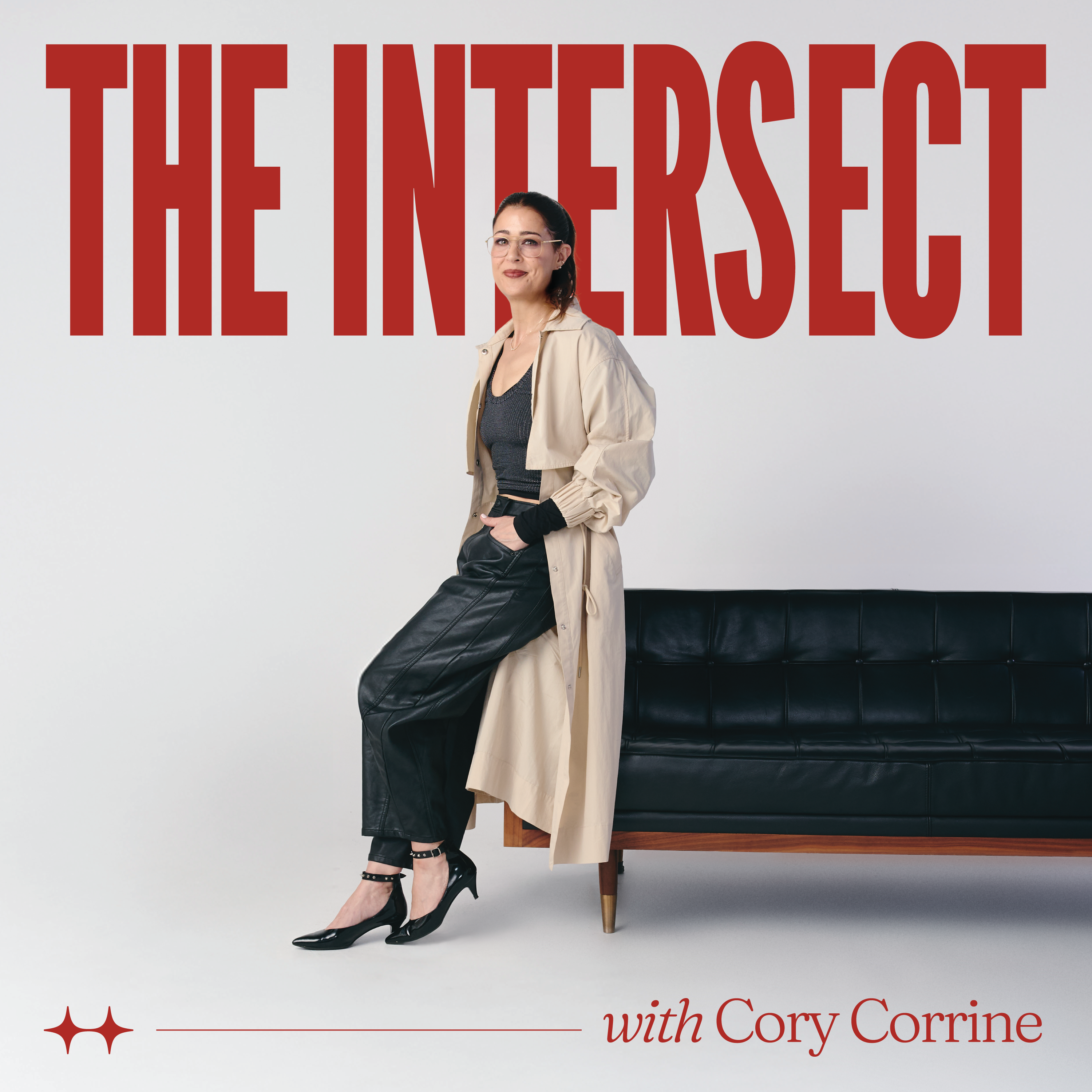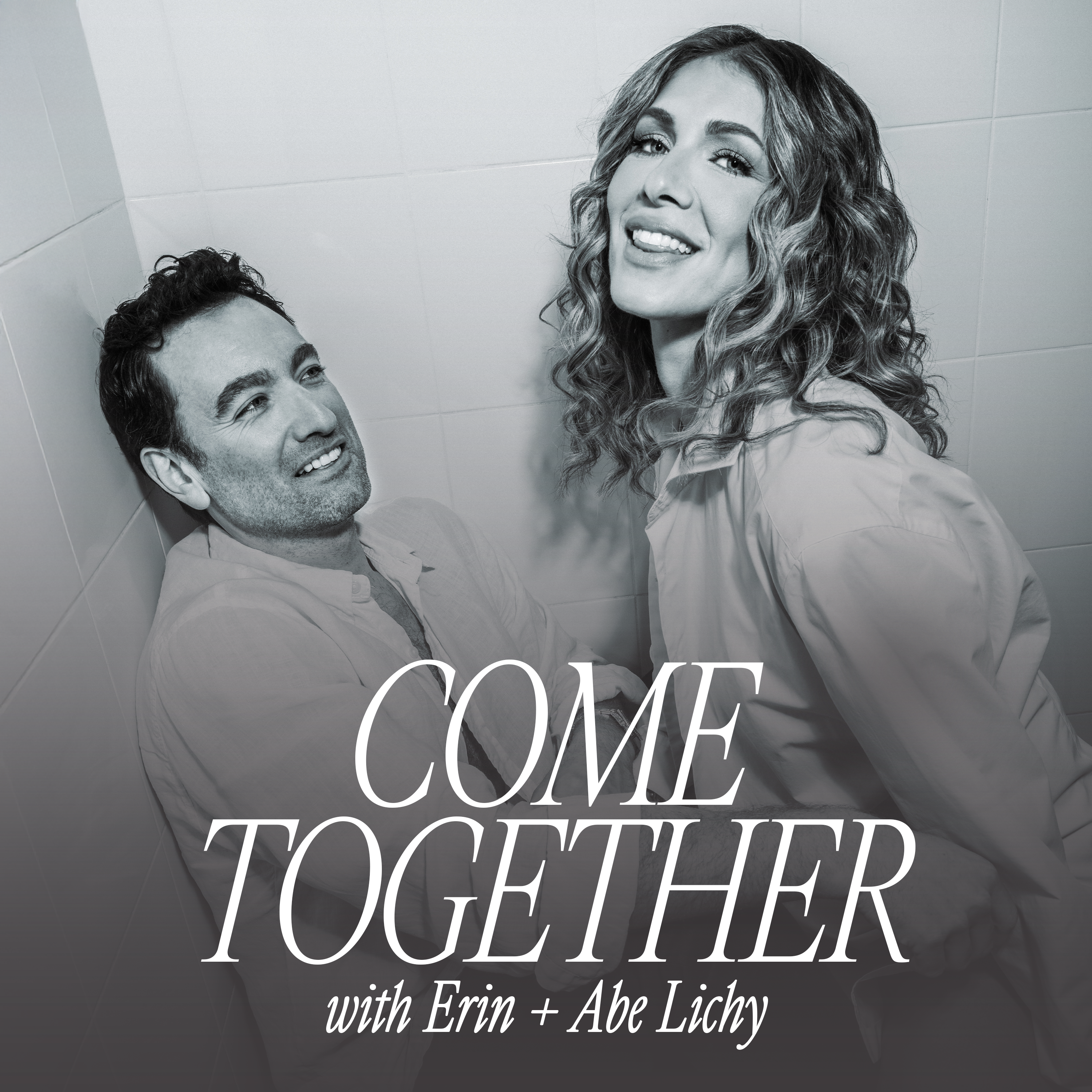Spice It Up in the Bedroom with These Shame-Free Tools

Talking about sex shouldn’t leave you feeling squirmy and awkward. If the tools for communicating about sex are not in your toolkit, you are not alone. According to Vanessa Marin, a licensed psychotherapist and sex therapist, most people struggle with their sex lives.
Marin, who has 20 years of experience, is on a mission to debunk the misconceptions surrounding sex. She and her husband Xander are the go-to couple for honest, shame-free conversations regarding intimacy. Their online content covers all things intimacy, from trying different viral positions, cuddling techniques, and why they make a point to dance at home every day.
“Of course, there is pleasure we get out of sex. But there is also connection, play, and exploration. It’s such an incredibly powerful experience, if we know to have it the right way,” Marin says.
It’s time to take the intimidation out of intimacy and learn how to feel more confident in the bedroom.
Physical intimacy struggles are more common than you think
If you are struggling with sex, you are not alone. It might be past trauma, difficulty reaching orgasm, low libibdo, mismatched libido, or self consciousness, among other things. Research shows that a large percentage of couples struggle with physical intimacy, with some reporting having sex infrequently or not at all in a year.
“We are not alone in this. We are all struggling with it in some way or another, but we feel so alone. We think, as couples or individuals, that we are the only people going through this,” Marin says.
On a recent episode of Real Pod, Marin debunks the myth that sex should be effortless and natural. “It’s a trap to think it’s supposed to be exactly like it was in the beginning without putting any effort in it.
According to Marin, intention and communication are key. It looks like not letting a day go by without kissing and hugging your partner, as well as making eye contact or giving each other a compliment. Communication means making an effort to articulate and explain your wants, needs, and boundaries.
Why a 6-second kiss matters
Marin suggests a six second kiss and 30 second hug. These practices are science-backed methods that release oxytocin, the “bonding hormone” that creates a sense of bonding, trust, and love.
Marin explains, “However busy you are, you have 36 seconds in your day that you can spend exchanging that contact with each other. It’s a great way to be intentional about maintaining your connection with your partner.”
In addition to an intentional kiss and hug, Marin says eye contact is important. Next time your partner walks in the room, stop what you are doing and look up, smile, and acknowledge them. “It is one of the tiny, little things we do that can make a great impact. Taking those little moments to make an effort is so important,” she explains.
Be intentional with your initiation
When you learn to communicate your physical and emotional needs with your partner, it’s a game changer. It cuts out shame from your relationship and strengthens your emotional and physical connection.
If you are curious how to initiate sex with your partner, Marin suggests reframing how you think about intimacy. Rather than saying, “Do you want to have sex?” she suggests saying, “Are you open to have sex?” or “Are you open to me turning you on?” This creates space for your partner to say no. You just have to consider the possibility.
Another tool to create openness and space around sex is to initiate earlier in the day. You can say, “I’d like to have sex with you at some point today. Are you open to that?”This avoids creating an environment of pressure that, according to Marin, feels like it has to be in the moment or right now. It’s the intense,but common, mentality of “Are you in or are you out?”
It’s okay to say “no” to sex.
Yes, we want to please our partners, but, sometimes, you’re just not in the mood. After a long day at work, picking the kids up from school, or running errands, it can sometimes feel more like a task than a treat. But according to Marin, partners who are more comfortable saying “no” to sex to each other, actually have sex more often.
If you are the partner on the receiving end of the request, you’re allowed to say no for any reason whatsoever. Marin says it is important to emphasize that the rejection is not about your partner but about the situation. Suggest something different like going for a walk together or cuddling. “Choose something else that feels connecting and bonding, so you don’t feel like you are going in separate directions,” Marin says.
For more tips on building physical and emotional intimacy, listen to Real Pod.




















Leave a Reply